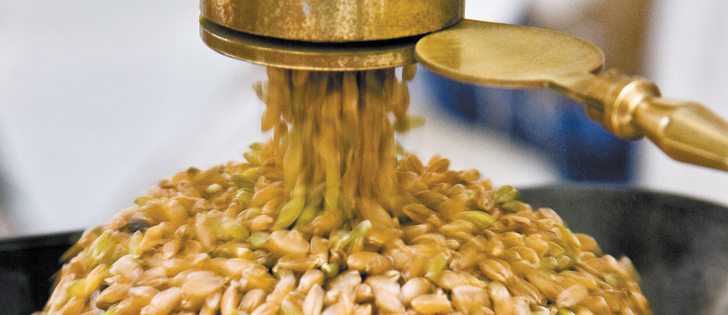Producers who want to sell direct to consumers should remember that the farm gate swings both ways, says Joe Pozzi.
The commercial sheep and cattle rancher from California’s Sonoma County has been marketing farm-based products for 25 years.
“When we talk about opening a gate, we talk about how we bring people to the farm or ranch for tours and interactions,” he told Farms at the Table,a conference organized by Farm and Food Care Saskatchewan in Saskatoon.
“It’s not that you have to bring everybody to your farm. You can bring your products to other people with all these technologies and new ways of marketing.”
Read Also

Nutritious pork packed with vitamins, essential minerals
Recipes for pork
Pozzi directly markets his grass-fed lamb to grocery stores and restaurants in the San Francisco Bay area under the Pozzi Ranch Lamb brand and sells products made from his sheep’s wool, such as comforters, pillows, dog and cat toys and dryer balls, through the Sonoma Wool Company.
He said other producers can do the same thing and encouraged them to explore and change their philosophy of marketing.
“We can do more in our opportunities as ranchers to promote our products and how we produce our products,” he said.
“That’s what I’d like to see more farmers and ranchers do, is to get out there and do more interaction with the public.”
Pozzi concedes that he competes in a lucrative local market, considering that his fourth generation ranch is 150 kilometres from a population of 12 million people. However, he said producers don’t need to be next door to customers to make their marketing work.
Producers who are more isolated from potential customers can open their marketing gates wider using websites, blogs and Facebook.
“I understand that if somebody has to drive 200 miles (320 km) to get to your ranch, it’s not going to be real compatible,” he said.
“There’s many ways to make sure you can get your product to them with today’s technology.”
He recently bought a radio spot during a Major League Baseball game. It initially raised a few eyebrows but proved economically successful.
“It was kind of unheard of for a ranch to go down and do a radio spot for the national baseball team,” he said.
“It cost me money, but it also brought people to the awareness of where my product was in that city.”
Pozzi delivers his products to a specific area and markets them where the people live.
“You can go to your closest metropolitan area and start to make some connections — networking to some stores and getting your product ready to go,” he said.
Pozzi does not sell at farmers markets, preferring instead to promote his lamb at grocery stores.
He said most people in his area are not familiar with lamb, so the cooking demos help teach consumers how to cook it while at the same time expanding his brand.
“When people walk by a full service meat counter, and some of these stores have 30 or 40 different products, you’ve got about three seconds to capture them,” he said.
“If I can capture them one on one in a demo, sometimes we’ll have 400 to 500 people come by during one demo: talking, sharing, interacting and eating.”
He also invites the public to his farm. An old cluttered barn regularly hosts a catered dining experience that is able to accommodate a bus load of paying guests. Of course, Pozzi lamb is on the menu.
“It’s just a barn for us, but for a lot of people who have never been on a farm or ranch, (they’re) able to come into an old authentic barn and talk about the history of how it was made and giving them the experience of being on a ranch.”
He said producers have a tendency to underestimate the potential opportunities they have in their land and buildings.
“Take advantage of what you have. When you talk about marketing and promoting a product, it’s easy just to say this is a piece of land and sheep graze on it and what’s the big deal,” he said.
Gord Schroeder, executive director of the Saskatchewan Sheep Development Board, is encouraged that Saskatchewan sheep producers can achieve those same kinds of rewards for their efforts.
“I’m very excited to see what he’s doing. It kind of shows me that the model we’re focusing on is workable and has huge opportunities.”


















